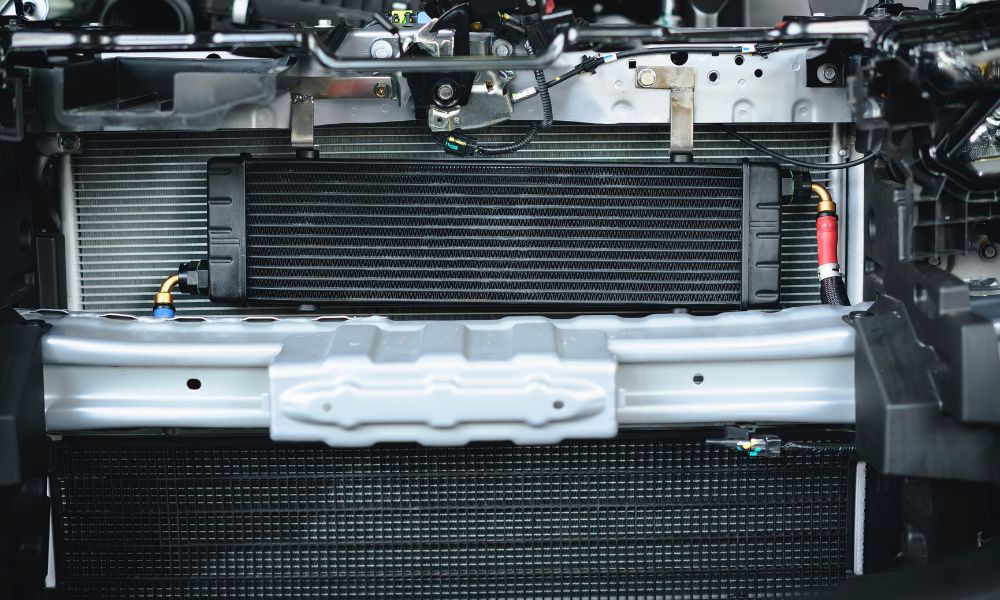
Automotive transmissions and engines generate substantial heat during operation. Without a cooler, these powerhouses can fall apart. Make the correct vehicle upgrade by understanding the differences in the design and operation of transmission and engine oil coolers.
Transmission Coolers
When driving, the transmission fluid heats up and moves from the transmission through the cooler lines into the oil cooler. The fluid passes through small tubes in contact with cool air from the vehicle’s forward motion or a fan.
Design
Various designs for transmission oil coolers accommodate every vehicle. They include tube and fin, plate and fin, and stacked plate. The stacked plate and plate and fin designs are the most efficient because they offer a greater surface area to cool transmission fluid.
Ideal Driving Scenarios
The need for automatic transmission coolers becomes apparent in several high-stress automotive situations. Recognizing these scenarios can help vehicle owners make an informed decision on their next upgrade.
Stop-and-Go Traffic
Constant acceleration and deceleration in heavy traffic conditions raise the likelihood of an overheated transmission. A cooler controls the transmission’s temperature to ensure the safety of the vehicle’s operation with each tap of the brake and accelerator.
Off-Roading
Off-road driving often entails low-speed, high-torque conditions that strain the transmission. Hilly or mountainous terrains force the transmission to work harder. A cooler dissipates the heat and protects the transmission in these challenging terrains.
Towing
Towing and hauling place a considerable burden on the transmission and push the vehicle to its limits. Without a trustworthy transmission cooler to alleviate high temperatures, the transmission will suffer damage and potentially overheat.
Engine Oil Coolers
An engine oil cooler is an auxiliary cooling device that maintains the temperature of engine oil. It draws out heat from the oil and dissipates it through the air in air-cooled models or by transferring the heat to coolant in liquid-cooled systems.
If the engine’s oil becomes too hot, it cannot lubricate components effectively. This leads to increased engine wear and, ultimately, failure. Maintaining a stable engine oil temperature by installing an engine oil cooler greatly enhances the engine’s performance and longevity.
Design
There are two primary modes of cooling engine oil. An air-cooled model utilizes fins to disperse heat using the air flowing through the engine component. A liquid-cooled engine oil cooler uses the car’s coolant system or a separate oil-cooling system to manage heat.
Ideal Driving Scenarios
Another difference between transmission and engine oil coolers is their ideal driving scenarios. This information is greatly helpful for drivers who want to know which component is more beneficial for their driving habits.
High-Performance Driving
In racing or spirited driving situations, drivers push the engines to their limits. It’s essential to support lubrication and manage the generated heat with an engine oil cooler.
Extended High-Speed Driving
Long durations of high-speed driving can strain a vehicle’s engine, leading to intense heat production. An engine oil cooler can prevent the oil from breaking down and maintain engine efficiency.

